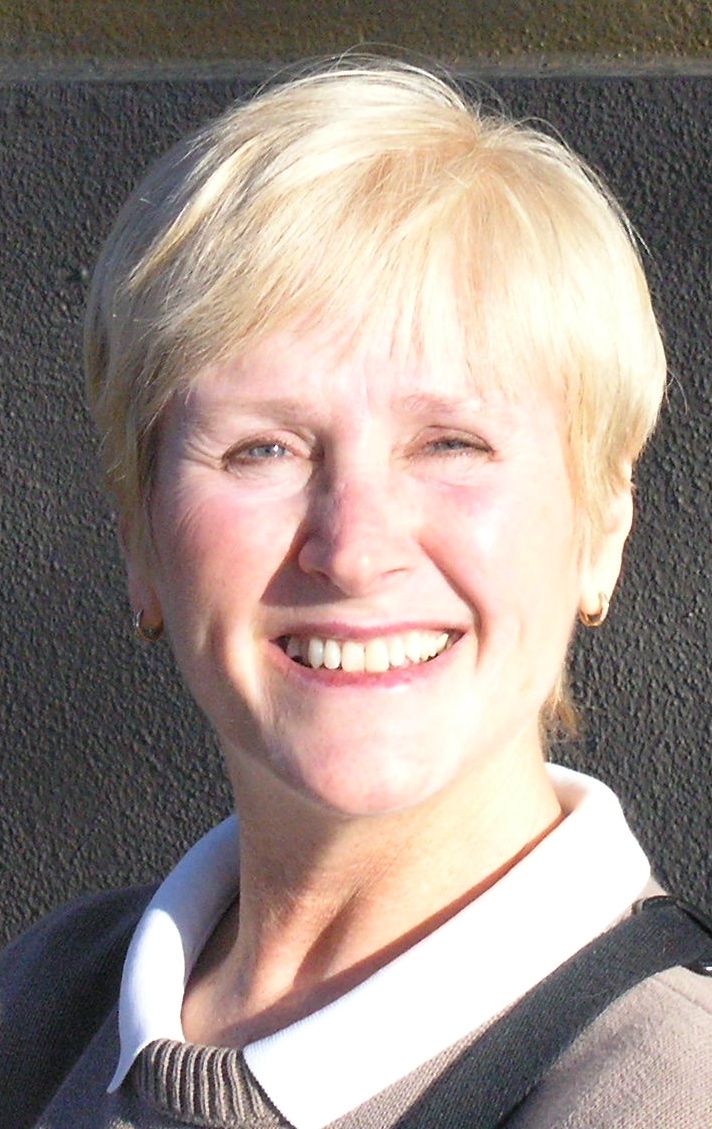 EINSTEIN WAS A SCATTERBRAIN! Neener! Neener! Neener!
EINSTEIN WAS A SCATTERBRAIN! Neener! Neener! Neener!
I know. I shouldn’t build myself up by putting others down.
You knew that about Albert though, didn’t you? That his brain was scattered. Literally.
A pathologist at his autopsy stole his brain and kept it. In his home. In jars.
That’s right — jars. Plural.
The guy, Thomas Harvey, had all the good intentions, or so he said. After the fact, Harvey told Einstein’s family that he had purloined the big man’s brain. And they gave him permission to keep it!
I tried to imagine their conversation. Did he make an anonymous phone call? “Listen carefully. I have your father’s brain …”
No, probably something more sheepish: “Ha! Ha! You won’t believe the mixup! The weirdest thing this morning when I opened my cupboard. Next to the Cheerios! Yeah! Your dad’s brain. I know! But anyway, since it’s already done … I’m just sayin’. Research and all. Yeah. Yeah? OK then! Thanks.”
They gave him the green light and Mr. Harvey promptly pickled Mr. Einstein’s gray matter and diced it into 240 chunks. Most of those he scattered around the country among various neurologists to help determine if Einstein’s brain was different from the average brain. (Spoiler alert — it was.)
All for the good of mankind, of course.
And it got me to thinking. I’m humanitarian. I’m altruistic.
I have that little pink dot on my driver’s license indicating that, should the occasion present itself, those ghoulish tech-farmers in the morgue can “harvest” my organs. But is that enough? Could I do more for mankind?
I began to surmise; maybe I should donate my whole body to a medical science!
Then I wondered: What exactly would happen to my dearest dead body if I did? I found out, and to put it into scientific terms — yikes.
For starters, my beloved carcass could be used for a “safety study” wherein researchers would gleefully subject it to an impact with a car’s steering wheel, then record the resulting injuries to help design crash-test dummies. Think “Myth Busters.”
Or forensic researchers might use my favorite cadaver to study decomposition, including the kind caused by flesh-eating insects. Ewww! They do this to help law enforcement better pinpoint a victim’s time of death.
Or they might re-create a crime scene, posing me to test hypotheses about the cause of death in a specific murder.
You know, I love the CSI, but, but …
Then I thought hopefully, maybe I could specify that my precious remains be used for medical training. Alas. I discovered that creepy new medical students in basic anatomy classes would dissect me “to gain hands-on experience with the human form.” Let’s face it. They’re just playing “doctor.”
OK … I know it wouldn’t be me, per se. Nevertheless, maybe like Albert, I’ll just donate my brain …
Harvard University Brain Tissue Resource Center? Now we’re getting somewhere! The Brain Bank, as it’s called, has the world’s largest repository of donated brains, more than 7,000.
But wait a moment … they’re stored on shelves in Tupperware bins? And labeled with Sharpies? “B-4762.” “B-1378.”
I get it. They’re brains. But in under-the-bed bins for space-saving convenience and an end to your clutter problems forever?
The space looked like a commercial kitchen and as God is my witness, they used a bread knife to slice away “precise” cross-sections for study! Not a jigsaw in sight.
I expected more from Harvard.
An online video from National Geographic traces the steps of a Brain Bank technician as he reports to work at 11 p.m. He collects a cardboard box taped closed across its bulging top with a wet and soggy corner.
We’re told the box contains a brain that arrived earlier in the day. It has been on ice until now to avoid “quality decline,” which you and I both know means that brain might “go bad” — like tuna salad under the noonday sun at a Fourth of July picnic.
I couldn’t help thinking of Eyegore, Young Frankenstein’s assistant, shopping through the local collection of brains-in-jars for Herr Doctor’s experiment in reanimation. He brought back one labeled “Abby Normal.” Probably outlasted its “Use By” date, just like at the Brain Bank.
No thank you very much. I’ll keep this noggin intact. No real loss to humanity.
I’m no Einstein.
Carolyn Plath, M.Ed., is a Benicia resident and retired high school principal. Read her blog at thinkdreamplay.blogspot.com.






Leave a Reply